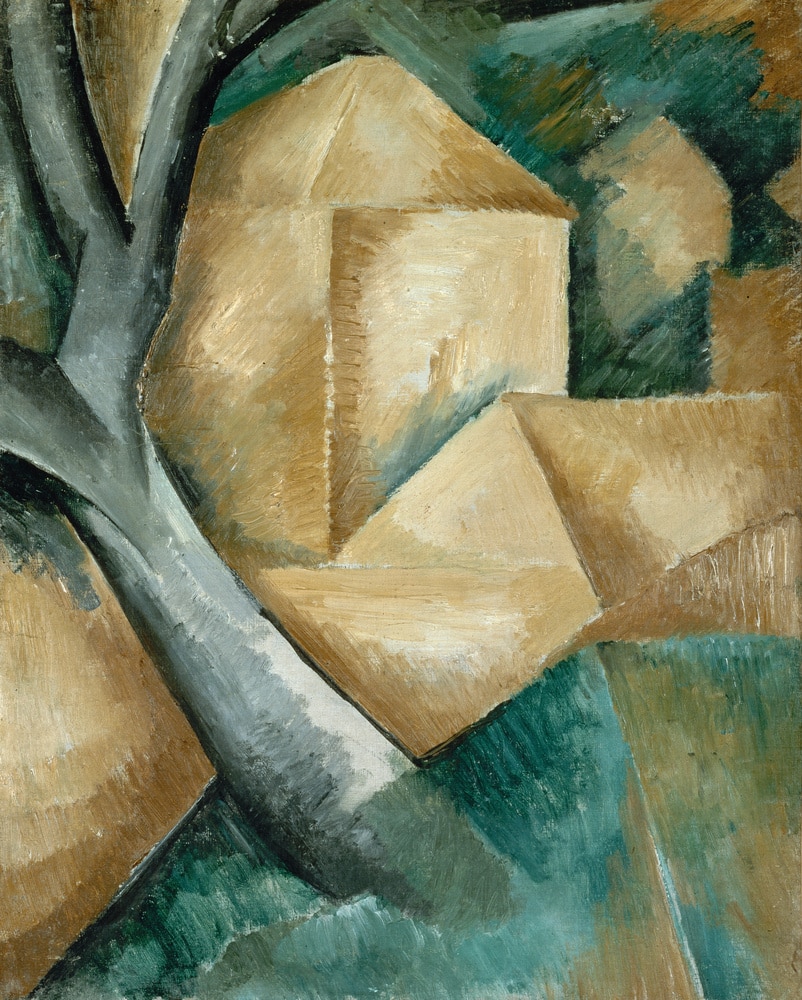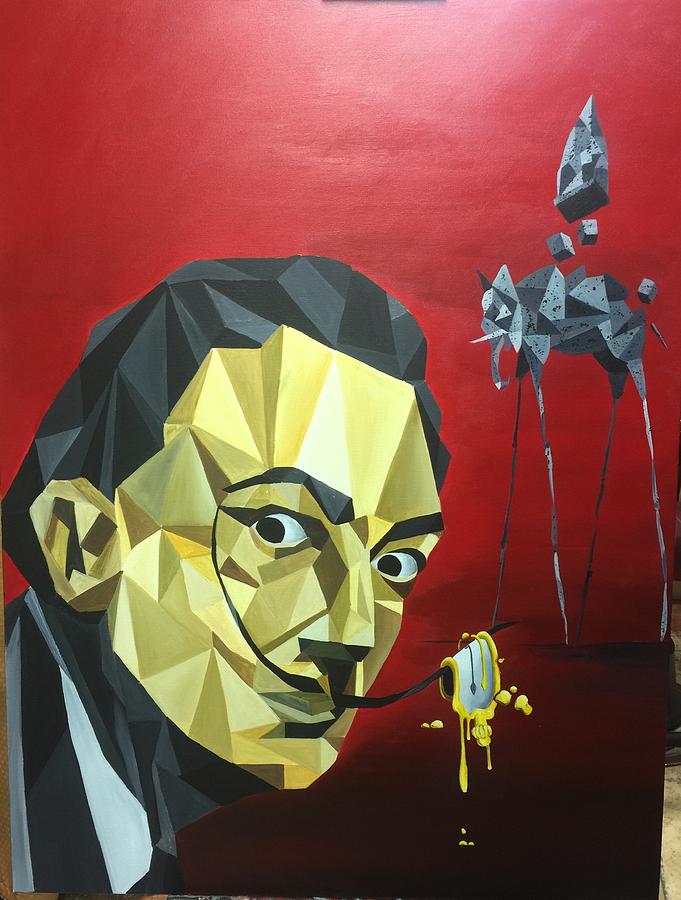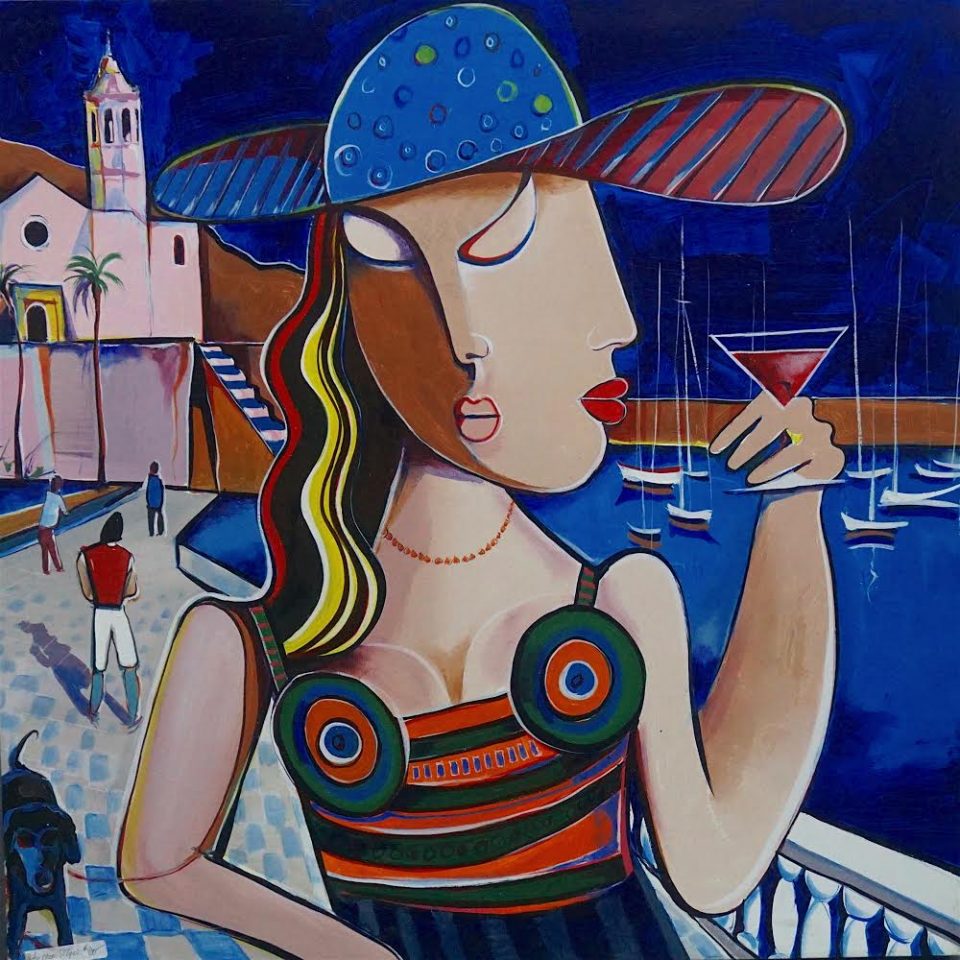


This section focuses purely on his paintings and comprehensively covers both his work as a fauvist and cubist artist. He would sometimes produce prints from his drawings and there was also a number of sculptures too, where the cubist would seek to take their mindbending world into the third dimension. He also worked with collage successfully, often merging that with oils in the application of mixed media which was to become a major element of mid to late 20th century art. He was a skilled draughtsman, like most highly trained, educated artists that grew up in late 19th century France. We do know that Braque was a confident, though quiet, individual who was bright and perhaps allowed his more gregarious colleagues such as Picasso to take more of the limelight.īraque himself was involved in many mediums besides just the oil paintings that we discuss here. This is despite them being being able to have worked in those styles too. That said, we are comparing two very modern styles of form and colour, which are both still a long way from the more traditional art movements which the likes of Braque, Picasso and Miro were so keen to move away from. Those would be the two categories into which most of his work would fit, but it is surprising that he would choose two styles that in many ways are so very different.

They feel like another world in comparison, and will remind some of the paintings of Robert Delaunay in their construction and colour schemes. Within the large selection of relatively dark and sombre cubist artworks you will also find a number of bright fauvist pieces, such as Landscape at La Ciotat, Yellow Seacoast and L'Estaque. Like most artists, he would experiment heavily in his youth as he sought to find his true calling as an artist, before then settling on an approach that he particularly liked, which would then become his signature look. The work included in this section covers some of the highlights from his painting collection, with Cubism featuring heavily.
Cubism painting plus#
The artist also worked with other mediums besides oils on canvas, including various materials for his sculptures and lithographs, plus also some stained glass windows. His work with Matisse and Picasso meant he was a respected artist with impressive connections. It was his work with Cubism, and significant role in creating this art movement, which place him as an important artist. It was to be the foundation of his skillset, before he later moved on to Fauvism and Cubism.

The early work of Braque was impressionist-based, inspired by the influential work of artists like Paul Cezanne, Claude Monet and Edouard Manet. Whilst the artist's occasional journeys into offshoots of impressionism brought bright colour, he was most productive with sombre cubist art which reflected the troubled times of that era. The work of Georges Braque features predominantly Fauvist and Cubist paintings, with his career providing a significant influence on the direction of 20th century art.


 0 kommentar(er)
0 kommentar(er)
